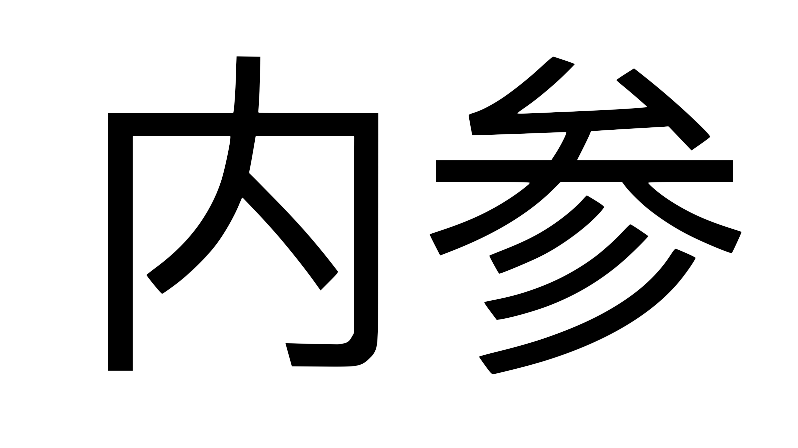Brief #142: Investigation and Research: Mass Line and High Modernism
On March 19, the General Office of the Central Committee released the Work Programme for Vigorous and Extensive Investigation and Research across the Whole Party (关于在全党大兴调查研究的工作方案).
The programme requires Party cadres at all levels to conduct fact-finding missions to identify and proactively solve problems within their areas of responsibility.
The entire party apparatus is expected to mobilise in the coming weeks and months for a campaign that will likely span most of 2023.
We can expect a flurry of activities at all levels of the Party to satisfy Beijing’s requirements. Party officials will go to the grassroots in droves to collect information, hold consultations, and draw up lists of problems. Plans will be formulated and implemented. Much of this process will be documented and publicised with the typical fanfare and propaganda accompanying top-down campaigns.
At the core of this campaign are three aims: addressing China's myriad problems and challenges, disciplining the Party-state bureaucracy, and bolstering Xi Jinping’s ideological credentials.
The following brief has three sections: Investigation and Research Explained, The Work Programme, and Implications.
Investigation and Research Explained
“调查研究” (literally “investigation and research”) is a work method that requires officials to go to the grassroots and among the people (“群众” or “masses”). Officials must visit factories, schools and even people’s homes to understand socio-economic conditions. These officials are expected to hear and solve the grievances of the masses and distil their ideas into wisdom to guide policy.
“Investigation and research” as a work method put empirical observations and experience at the centre of policymaking. Still, it also emphasises the importance of the Party’s theories in making sense of empirical data.
Historically, “investigation and research” is closely associated with Mao Zedong’s Mass Line political theory. Under the Mass Line theory, “[i]n all the practical work of [the] Party, all correct leadership is necessarily “from the masses, to the masses,” Mao explained:
“This means: take the ideas of the masses (scattered and unsystematic ideas) and concentrate them (through study turn them into concentrated and systematic ideas), then go to the masses and propagate and explain these ideas until the masses embrace them as their own, hold fast to them and translate them into action, and test the correctness of these ideas in such action. Then once again concentrate ideas from the masses and once again go to the masses so that the ideas are persevered in and carried through. And so on, over and over again in an endless spiral, with the ideas becoming more correct, more vital and richer each time. Such is the Marxist theory of knowledge.”
“Investigation and research,” therefore, is part of Mass Line practice that collects empirical data and turns it into actionable policy. However, it is only one part of the data-knowledge-action loop under the Mass Line. After conducting “investigation and research,” policy actions must be taken, and the masses must be convinced of the correctness of the Party’s course of action. The cycle then starts with a new round of “investigation and research”.
Although this may appear prosaic on paper, the three most prominent campaigns in the Party’s history related to “investigation and research” suggests otherwise.
First case: Yan’an, August 1941. The Central Committee of the Communist Party issued the Decision on Investigation and Research (关于调查研究的决定) and the Decision on the Implementation of Investigation and Research (关于实施调查研究的决定). A Central Investigation and Research Bureau was established to oversee this work.
The campaign lasted almost a year, producing numerous investigative reports on the political, economic, and social conditions in areas under communist rule.
The campaign was not only about devising policy, however; Mao used it as a platform to attack his political competitors by denouncing their “subjectivism.” Mao identified two strands of “subjectivism” in the Party: “dogmatism” (represented by Wang Ming) and “empiricism” (represented by Zhou Enlai).
Indeed, the 1941 investigation and research campaign was a part of Mao’s preparation for the Yan’an Rectification Movement (1942-1945), which would solidify his position as the paramount leader and theoretician of the Communist Party. The momentum of the” investigation and research” campaign would be redirected into something terrifying: the interrogation of Party cadres’ ideological and revolutionary purity.
